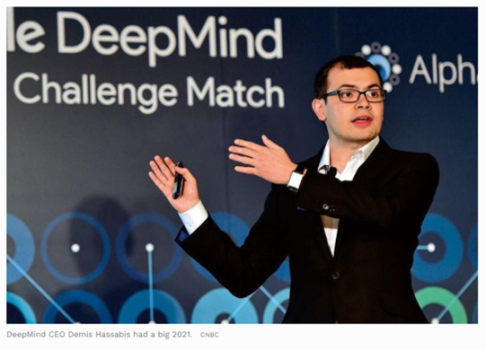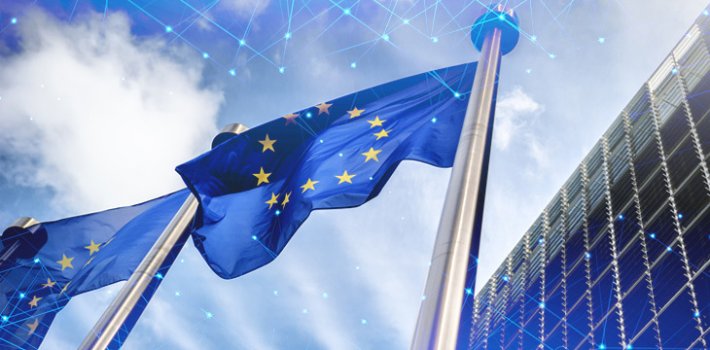Special Delivery: Drones bringing the doctor inside your home
- Technology Solutions
- 0 Replies
Some drones have the capability to deliver packages to someone’s front door. But the technology has limitations, so it’s mostly used outdoors.
Now a team of scientists is working on a first-of-a-kind solution that would bring healthcare delivery closer than ever before.
You might have heard them buzz or seen them overhead. But imagine these robots on a special medical mission.
“We are building a telehealth drone that will have the ability to go inside people’s homes,” said Manish Kumar, Ph.D., professor of mechanical engineering at the University of Cincinnati. “That’s very, very challenging from technology point of view, because once you go inside people’s homes, you lose connection with the GPS.”
University of Cincinnati engineers are designing and testing special sensors that would allow the drones to maneuver through a front door, into a patient’s living room carrying a tablet or smart phone. Patients would connect with a doctor for a telehealth appointment and access a special medical kit attached to the drone so they can measure and transmit health information.
Continue reading: https://www.ksat.com/news/local/2021/12/07/special-delivery-drones-bringing-the-doctor-inside-your-home/
Now a team of scientists is working on a first-of-a-kind solution that would bring healthcare delivery closer than ever before.
You might have heard them buzz or seen them overhead. But imagine these robots on a special medical mission.
“We are building a telehealth drone that will have the ability to go inside people’s homes,” said Manish Kumar, Ph.D., professor of mechanical engineering at the University of Cincinnati. “That’s very, very challenging from technology point of view, because once you go inside people’s homes, you lose connection with the GPS.”
University of Cincinnati engineers are designing and testing special sensors that would allow the drones to maneuver through a front door, into a patient’s living room carrying a tablet or smart phone. Patients would connect with a doctor for a telehealth appointment and access a special medical kit attached to the drone so they can measure and transmit health information.
Continue reading: https://www.ksat.com/news/local/2021/12/07/special-delivery-drones-bringing-the-doctor-inside-your-home/



























